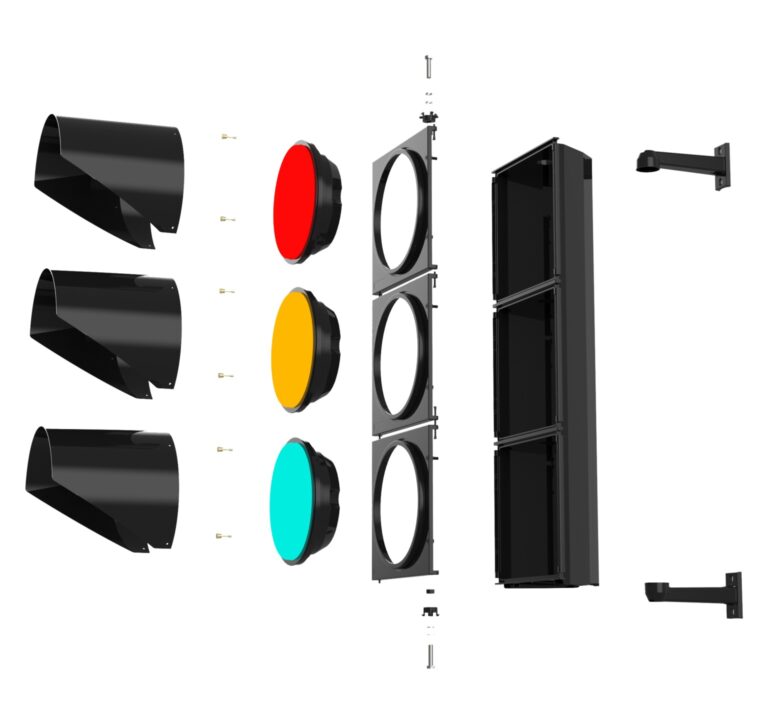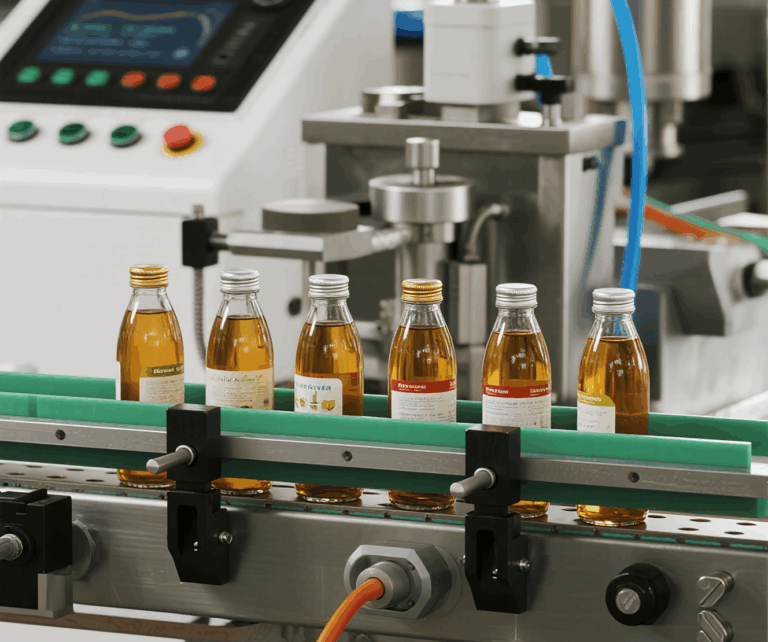目录
In modern electronics manufacturing, efficiency, precision, and scalability are key to staying competitive. Among the various innovations transforming production lines, SMT application—Surface Mount Technology—has revolutionized the way printed circuit boards (PCBs) are assembled. As electronic devices become smaller and more complex, manufacturers increasingly rely on SMT to deliver compact, high-performance assemblies with minimal error and maximum speed.
This article explores how SMT application enhances the PCB assembly process by focusing on practical outcomes, technical benefits, and implementation strategies that help manufacturers meet market demands.
Understanding the Role of SMT Application in PCB Assembly
SMT application refers to the process of mounting electronic components directly onto the surface of a PCB using automated equipment. Unlike traditional through-hole methods, which require drilling holes and inserting component leads, SMT uses solder paste and precise placement to fix components in place.
This surface-level integration enables tighter designs, reduces material usage, and supports faster production cycles. SMT application is now the industry standard for producing everything from smartphones to automotive control units, where space and performance are critical.
Key Benefits of SMT Application in PCB Assembly
The shift to SMT is not just a matter of technological evolution—it delivers measurable improvements across multiple stages of the assembly process. Below are several ways SMT application enhances PCB manufacturing:
-
Increased Assembly Speed: SMT processes are fully automated, enabling the rapid placement of hundreds of components per minute.
-
Higher Component Density: More components can be packed into a smaller area, supporting miniaturization without sacrificing function.
-
Improved Electrical Performance: Shorter leads reduce signal path resistance and inductance, leading to better performance in high-frequency circuits.
-
Reduced Manual Labor: With precise machines handling placement and soldering, dependency on manual assembly is minimized, lowering labor costs and error rates.
-
Lower Material Costs: SMT-compatible components are often smaller and lighter, leading to savings in raw materials and logistics.
SMT Application Enhances Process Precision and Repeatability
A critical advantage of SMT application is the high level of precision and repeatability it offers. With automated pick-and-place machines and solder reflow ovens, manufacturers can ensure uniformity across thousands of units. This level of consistency is essential in sectors like medical electronics, aerospace, and automotive systems, where reliability is non-negotiable.
Moreover, the integration of quality control tools such as Automated Optical Inspection (AOI) and X-ray inspection into SMT lines allows real-time defect detection, making it easier to correct issues before final testing or deployment.

Practical Considerations When Implementing SMT Application
Before integrating SMT application into a production environment, several practical factors must be addressed:
1. Component Compatibility
Not all components are SMT-compatible. Ensure that the selected components are designed for surface mounting, with standardized packaging that suits high-speed pick-and-place equipment.
2. PCB Design Optimization
Successful SMT application begins with proper PCB layout. This includes:
-
Correct pad sizing and spacing
-
Minimizing thermal imbalance to avoid solder defects
-
Strategic component orientation to streamline placement paths
Optimizing the layout reduces placement errors and enhances soldering reliability.
3. Equipment Investment and Calibration
SMT requires specialized machinery such as screen printers, placement machines, and reflow ovens. Regular calibration and maintenance are essential to preserve accuracy. Investing in high-quality equipment translates to fewer defects, less rework, and better throughput.
SMT Application Supports Scalable Production
Whether manufacturing a low-volume prototype or a high-volume consumer device, SMT application offers scalable solutions. Production lines can be adjusted to meet varying demand levels without sacrificing quality or speed. This flexibility is particularly valuable for contract manufacturers serving multiple clients with diverse product requirements.
Additionally, modular SMT lines allow quick reconfiguration for different board sizes or component types, minimizing changeover time and maximizing uptime.
Environmental and Cost Efficiency Through SMT Application
As sustainability becomes a focal point in manufacturing, SMT application provides several eco-friendly advantages:
-
Less Waste: Reduced material consumption due to smaller components and efficient solder paste usage.
-
Lower Energy Usage: Shorter assembly cycles consume less energy per unit produced.
-
Rework Reduction: High-precision processes lead to fewer defects, lowering the environmental impact of scrapped boards or rework.
Cost-wise, SMT delivers value by cutting down on errors, reducing component wastage, and speeding up production cycles—all without compromising quality.
Avoiding Common Pitfalls in SMT Application
While the benefits are clear, certain missteps can hinder the effectiveness of SMT application. Watch out for:
-
Improper stencil design, which can cause uneven solder paste deposition and lead to defects.
-
Neglecting thermal profiling, leading to inconsistent solder joints or component damage during reflow.
-
Inadequate inspection: Relying solely on final testing instead of integrating in-line inspection can let issues pass undetected.
Avoiding these pitfalls requires close coordination between PCB designers, process engineers, and equipment operators.
Final Thoughts
SMT application has reshaped the landscape of PCB assembly by delivering unmatched speed, accuracy, and efficiency. From enabling compact designs to supporting scalable production, it offers clear advantages to manufacturers aiming to meet the high expectations of modern electronics consumers.
For businesses looking to stay competitive in today’s market, embracing SMT isn’t just a technological upgrade—it’s a strategic move toward leaner operations and higher product quality. By understanding the principles and best practices behind SMT application, companies can unlock new levels of production performance and deliver smarter, more reliable electronic solutions.
0









